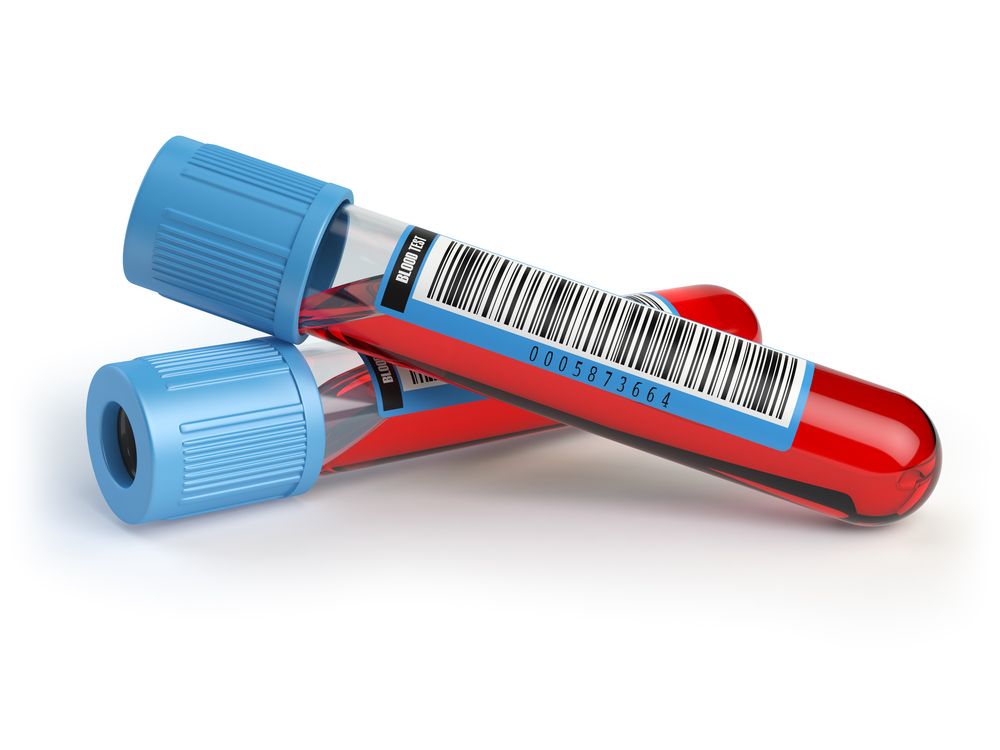Can an RNA blood test predict premature birth?
Preterm birth is the leading cause of perinatal mortality and morbidity in the United States and also very difficult to predict. A research group at Stanford University believes they may have found an indicator.
(©Markov.Sergei/shutterstock.com)

A recently developed blood test that measures cell-free RNA (cfRNA) transcripts in maternal blood appears to determine with high accuracy if a pregnant woman will deliver prematurely, according to pilot studies published in Science. The blood test can also pinpoint fetal gestational age and due date as accurately as ultrasound and at less cost, according to an international team of scientists led by Stanford University researchers.
The researchers identified nine cfRNA transcripts (CGA, CAPN6, CGB, ALPP, CSHL1, PLAC4, PSG7, PAPPA, and LGALS14) found only in the placenta and tested them in 31 healthy pregnant women in Denmark in an effort to predict gestational age. They built a statistical model using blood samples from 21 of the Danish women, all of whom delivered at full term (>37 weeks), Thuy T.M. Ngo, Ph.D., and colleagues then validated the model using blood samples from the remaining 10 women in the study. They found that the blood test was comparable in efficacy to ultrasound (32% for trimester 2, 23% for trimester 3, and 45% for trimesters 2 and 3 for the blood test versus 48% for ultrasound performed during trimester 1). The researchers noted that the blood test can be performed at any time during pregnancy and does not required knowledge of the last menstrual period to be accurate. It is also less costly and more accessible than ultrasound, for which providers need access to expensive equipment and trained technicians.
Predicting Risk of Preterm Birth
In a subsequent study of 38 women at risk for preterm birth-25 of whom delivered at full term and 13 who delivered prematurely-the team identified seven cfRNA transcripts (CLCN3, DAPP1, PPBP, MAP3K7CL, MOB1B, RAB27B, and RGS18) that predicted early delivery. They studied two cohorts: 15 women enrolled at the University of Pennsylvania who had had premature contractions, and 23 women recruited by the University of Alabama at Birmingham who had had a prior spontaneous preterm birth. Almost half of the women received progesterone injections in an effort prevent preterm delivery, and all of the women went into labor spontaneously.
In comparison to another recently developed mass-spectrometry blood test for premature delivery that measures ratios of insulin-like growth factor-binding protein 4 (IBP4) and sex hormone-binding globulin (SHBG), the researchers reported that the cfRNA transcript test “yielded higher mean accuracy than the mass spectroscopic approach for comparable sample sizes.” The cfRNA transcript test at 75%-80% also had a higher positive predictive value in comparison to measurement of cervical length by transvaginal sonography (17%) or cervicovaginal fetal fibronectin (21%).
The studies were limited by small sample size, and inclusion of only Caucasian and African-American women, and women who were already deemed to be at risk for preterm birth. In addition, many received progesterone injections. A randomized, blinded, clinical trial with a broader, more ethnically diverse, unselected population of women is needed to validate the results of the pilot studies.
Still, measuring cfRNA “gives a super-high resolution view of pregnancy and human development that no one’s ever seen before,” reported Dr. Ngo, and “it tells us a lot about human development in normal pregnancy.”
Preterm birth is the leading cause of perinatal mortality and morbidity in the United States, and is very difficult to predict using currently available tests. The US ranks 26thamong developed nations in infant deaths (6.1 deaths per 1,000 live births), according to the Centers for Disease Control and Prevention.
S1E4: Dr. Kristina Adams-Waldorf: Pandemics, pathogens and perseverance
July 16th 2020This episode of Pap Talk by Contemporary OB/GYN features an interview with Dr. Kristina Adams-Waldorf, Professor in the Department of Obstetrics and Gynecology and Adjunct Professor in Global Health at the University of Washington (UW) School of Medicine in Seattle.
Listen
Study shows a healthy prenatal diet could be upstream obesity prevention strategy
December 26th 2024"Our findings support the recommendation of a healthy diet based on the current guidelines (as measured by the HEI) during pregnancy, since it may reduce patterns of infant growth outside reference ranges."
Read More
Early pregnancy cannabis use high in states with recreational legalization
November 11th 2024A population-based time-series analysis California before, during and after legalization show a rising trend in women using cannabis while pregnancy especially when the state has legalized the drug.
Read More
